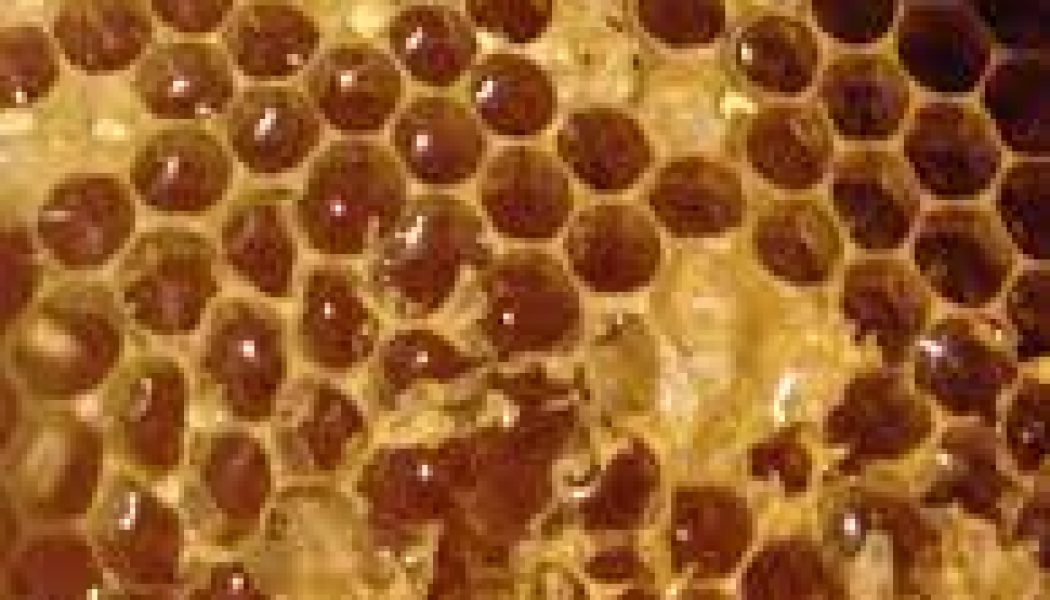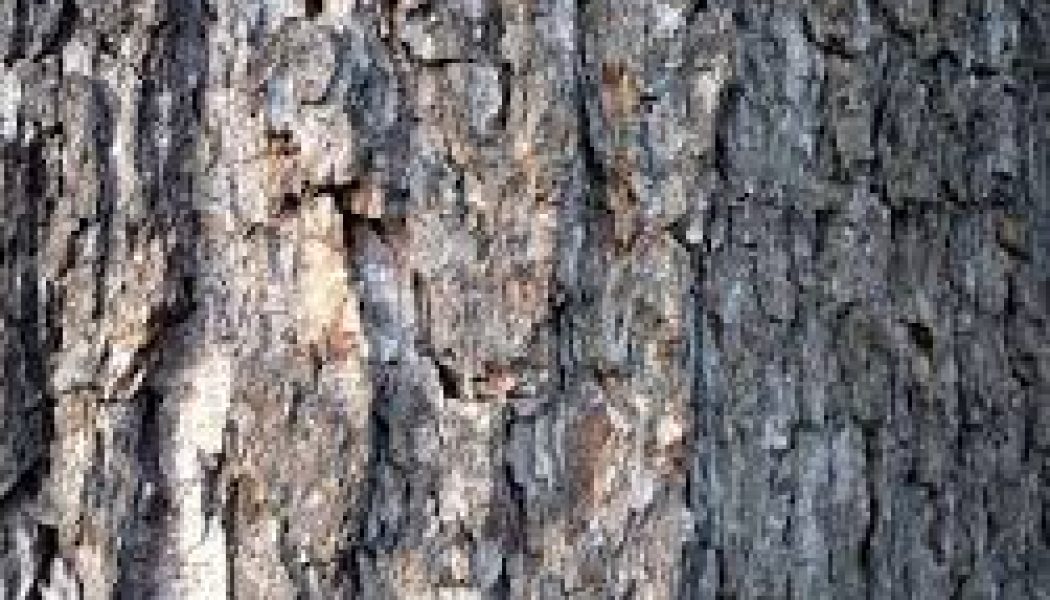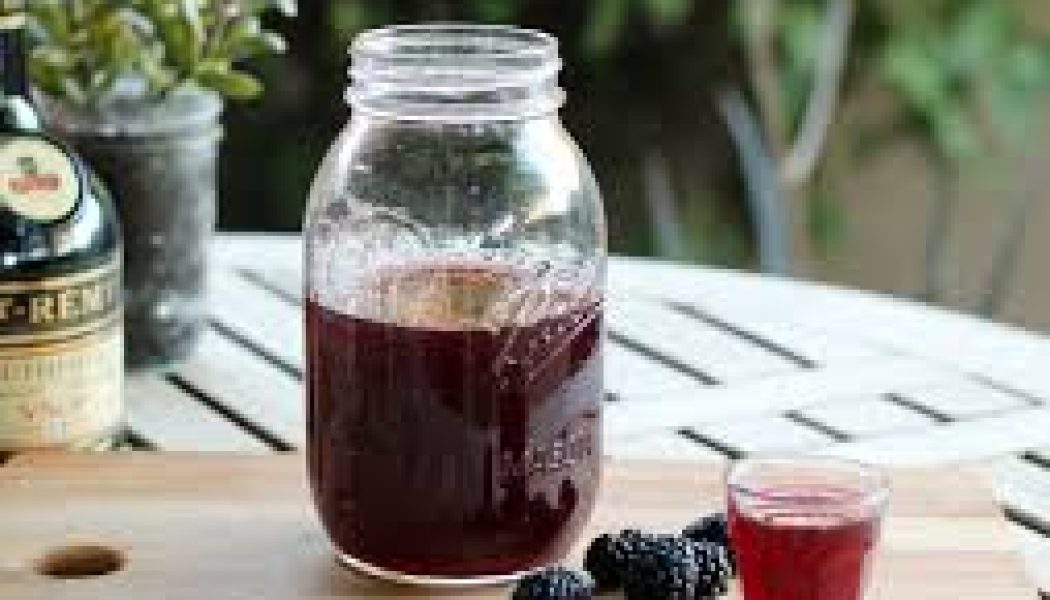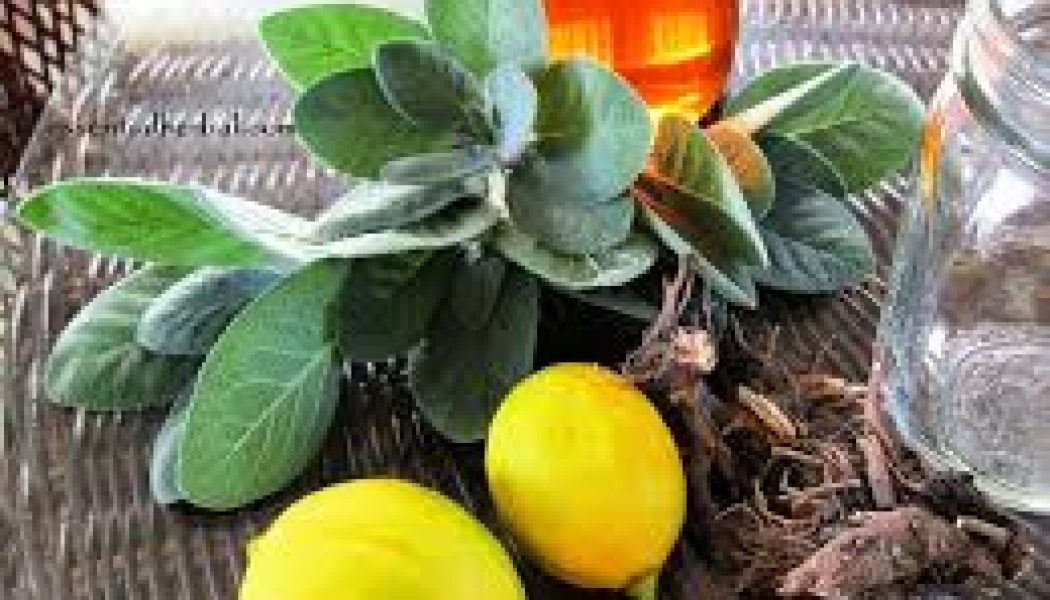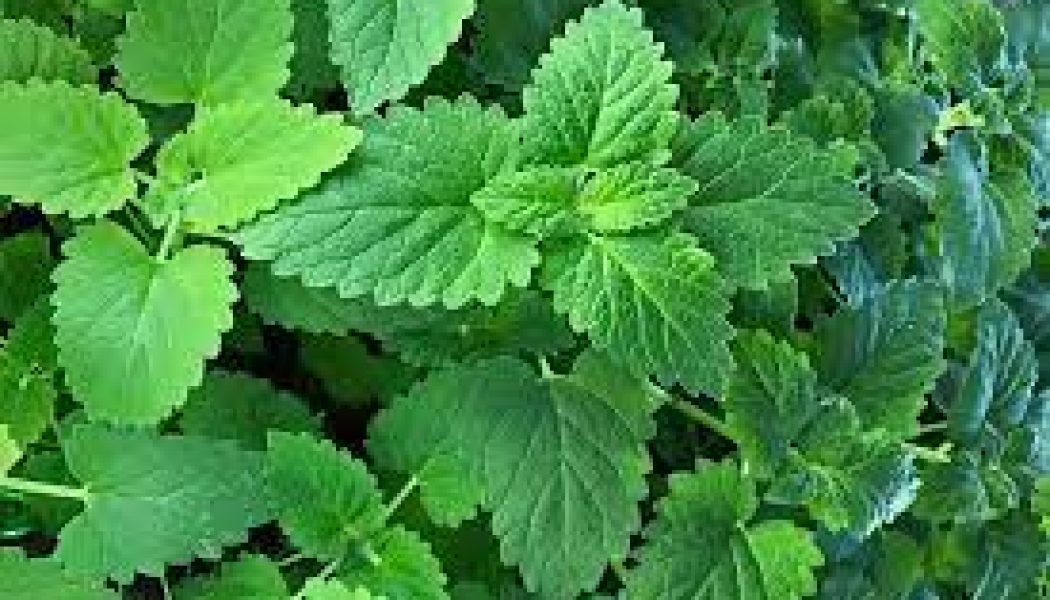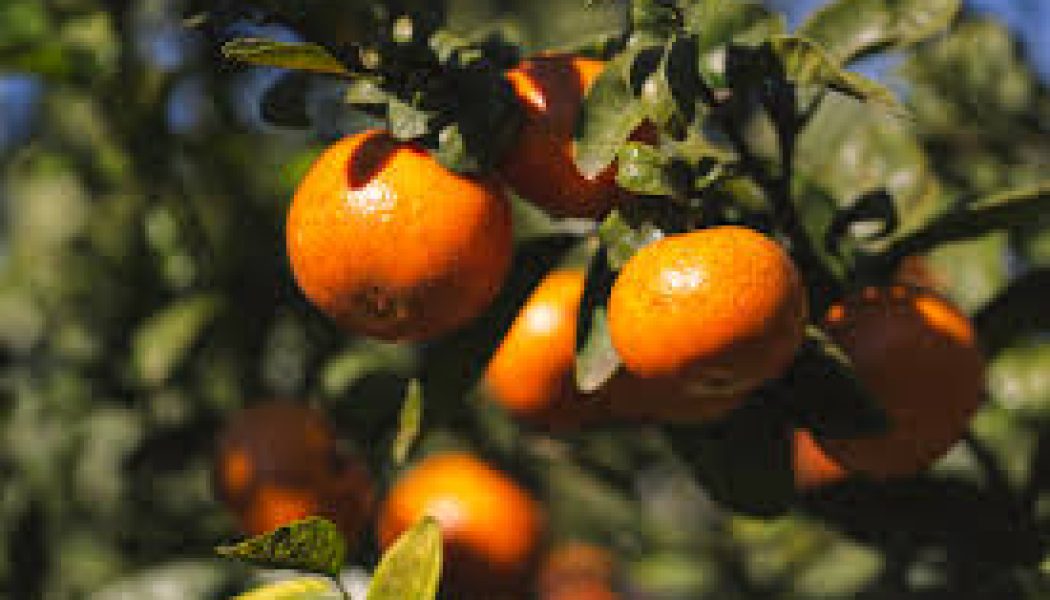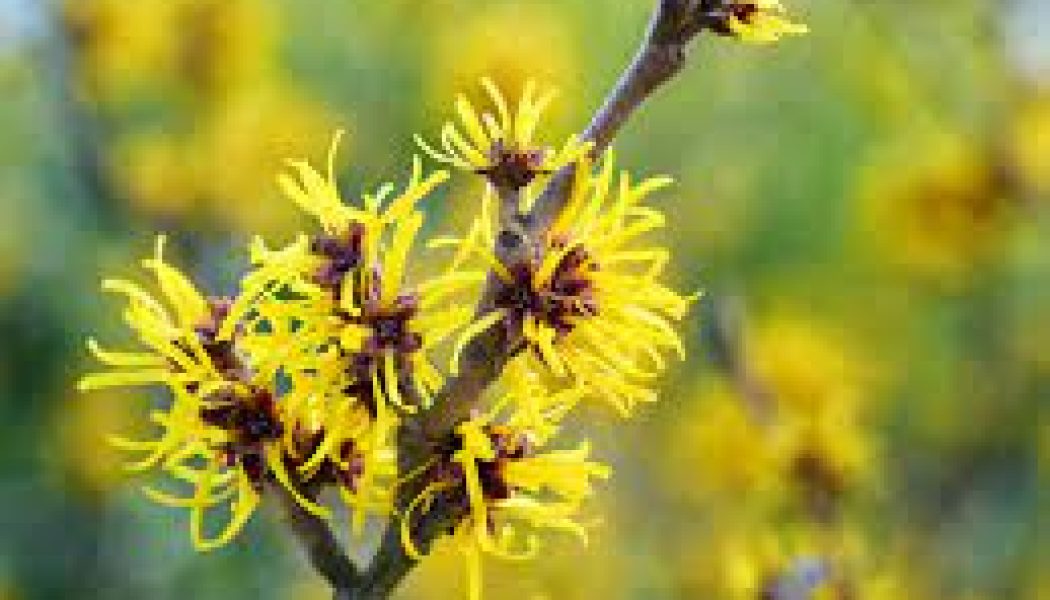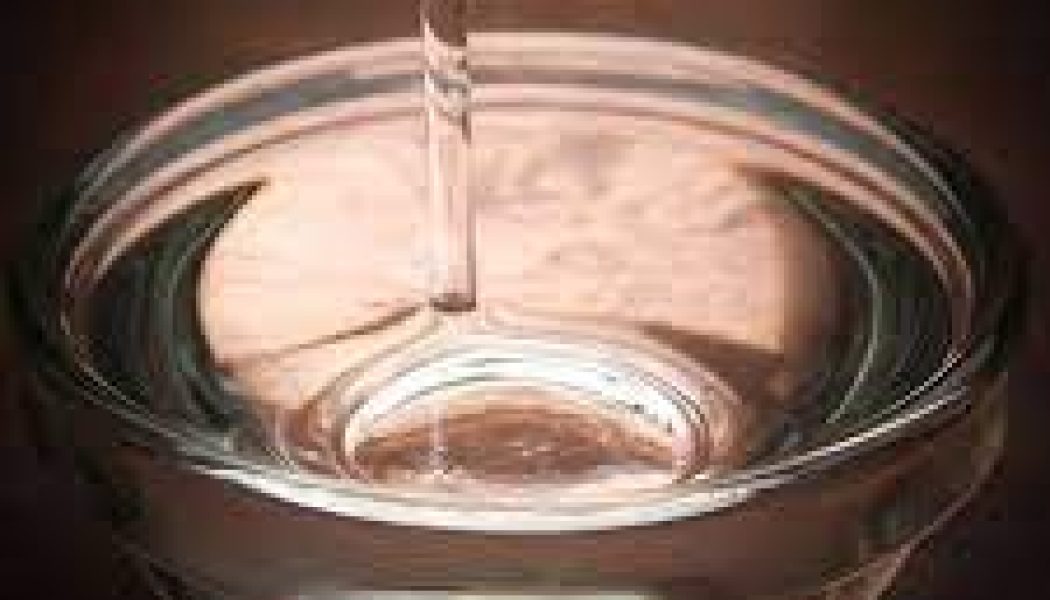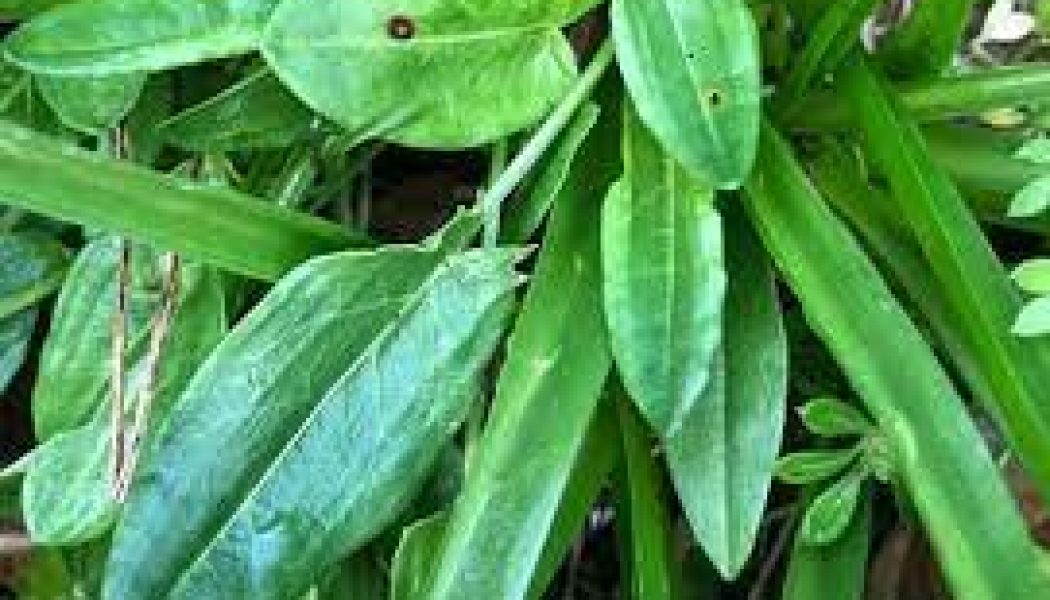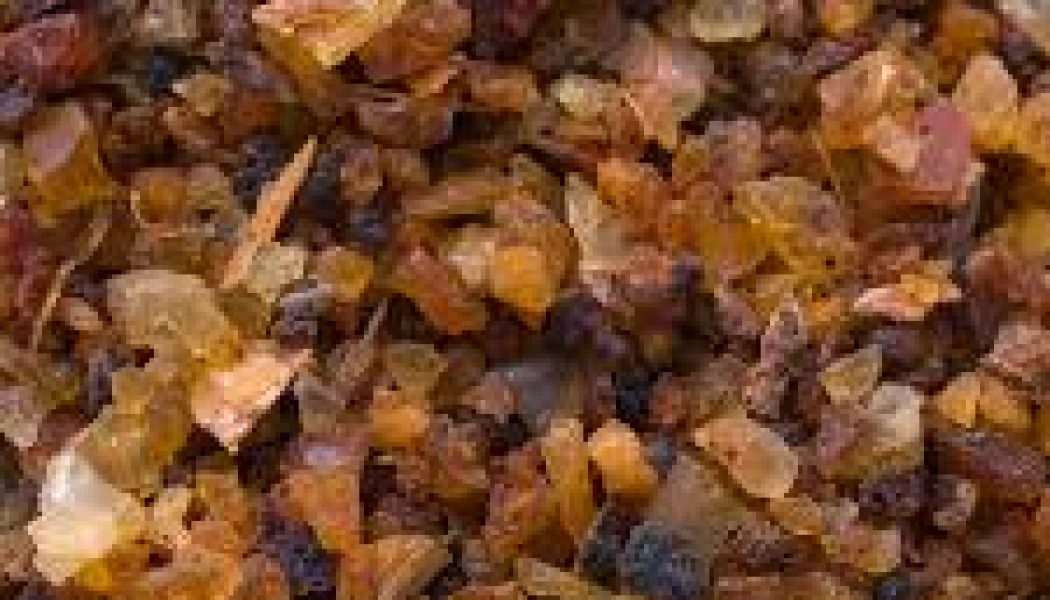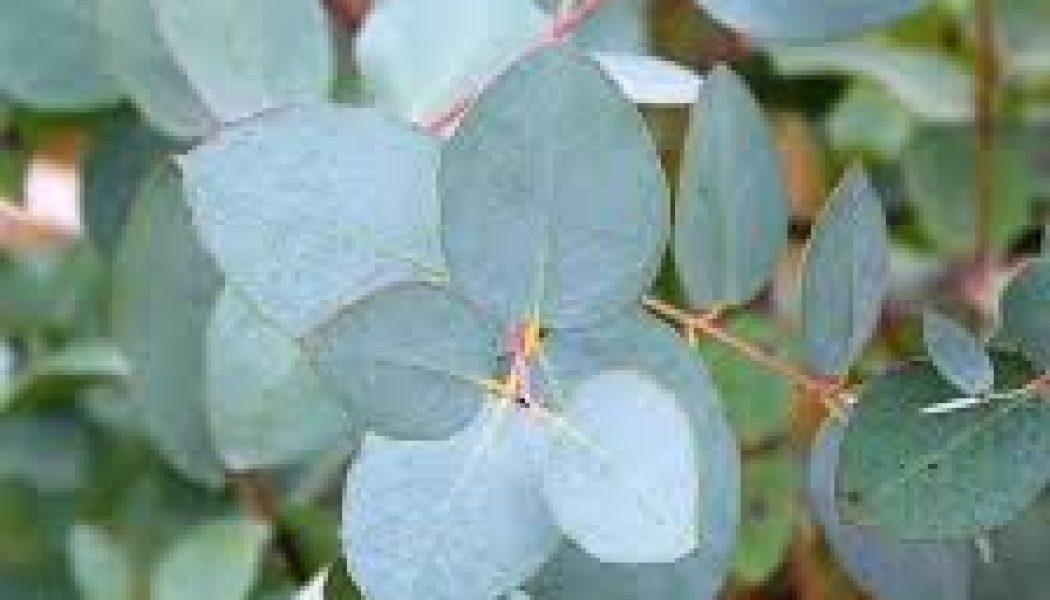Herbal Magick
Practical Uses for Herbs: Wound Infections
Wound Infections Add two sliced onions and50 g each of beeswax, honey and elder leaves to275 g of petroleum jelly. Warm over a low flamefor about 30 minutes. Strain and apply to thewound with a clean ...
Practical Uses for Herbs: Urticaria
Urticaria Infuse 600 g (21 oz) of black alder barkin 1.1 litres (2 pints) of water and 225 ml (7 fl oz)olive oil. Wash the affected area frequently. Aneasy alternative is a poultice of clay mud.
Practical Uses for Herbs: Toothache Mix
Toothache Mix oils of peppermint and clove.(You can then mix this with a teaspoon of rum,if liked.) Apply directly to the tooth
Practical Uses for Herbs: Stomach Ache
Stomach Ache A tea of equal quantities of mint,strawberry leaf, catnip and blackberry mixedwith one tablespoon of brandy should ease thestomach.An alternative is ground brown rice steepedin warm water...
Practical Uses for Herbs: Sore Throat
Sore Throat Tea made from sage leaves andmixed with Sore Throat will ease a sorethroat.
Practical Uses for Herbs: Sleeplessness
Sleeplessness Equal quantities of the stalks andleaves of valerian, catnip and peppermint madeinto a tea will ensure better sleep
Practical Uses for Herbs: Itching
Itching Blood root pulverized and steeped inapple vinegar until well incorporated thenadded to lotions made from aloe, coconut oil,and/or cocoa butter will ease itching.
Practical Uses for Herbs: Heartburn
Heartburn Add two teaspoons each ofcinnamon, lavender flowers, baking soda,peppermint leaves and half a teaspoon groundginger to 125 ml (4 fl oz) of water and allow tosteep. Strain and drink warm afte...
Practical Uses for Herbs: Fever
Fever Infuse the peel of two oranges and onelemon in whisky. Take two teaspoons after eachmeal.
Practical Uses for Herbs: Eye Rinse
Eye Rinse In 300 ml (8 fl oz) of water, warm 25 g(1 oz) of elderflowers and a half teaspoon of salt.Strain and use as needed to refresh eyes orrelieve itching
Practical Uses for Herbs: Dandruff Mix
Dandruff Mix together one measure each ofviolet leaves, peppermint, nettle, red clover,witch hazel and rosemary. Before shampooing,warm a quarter measure of the dried herbs intwo measures of water and...
Practical Uses for Herbs: Coughs
Coughs In 1.7 litres (3 pints) of boiling water,place a large quantity of peppermint leaves, 150ml (5 fl oz) of rum, 85 ml (3 fl oz) of lemon juice,25 g (1 oz) of cinnamon bark and 25 g (1 oz) ofcomfr...
Practical Uses for Herbs: Chapped Skin
Chapped Skin To 25 g (1 oz) of melted wax add110 g (4 oz) of glycerine and 4–5 drops of oil ofroses or rejuvenating oil. Warm until well mixedand apply as needed.
Practical Uses for Herbs: Chancre Sore
Chancre Sore Sorrel (approximately a handful) soaked in warm water until soft, then strained and drunk as a tea, will help clear them up
Practical Uses for Herbs: Burns
Burns A poultice made from wheat flour,molasses and baking soda will relieve a burnand often hasten the healing process
Practical Uses for Herbs: Bruises
Bruises Take 600 ml (1 pint) of almond oil and450 g (1 lb) each of Balm of Gilead and St John’sWort, which you should bruise by pounding ina pestle and mortar. Warm together over a lowflame. When the ...
Practical Uses for Herbs: Bee/Wasp Stings
Bee/Wasp Stings A drop of myrrh juice on thesting will help draw out the poison.
Practical Uses for Herbs: Athlete’s Foot
Besides keeping your feet dryand powdered with orris root, try a vinegarrinse of one cup of water and one teaspoon ofcider vinegar to which one tablespoon of thymeand red clover have been added. Soak ...
Practical Uses for Herbs: Acid Indigestion
Acid Indigestion Warm a cup of milk and steepfour eucalyptus leaves in it. Drink this to easediscomfort.
Practical Uses for Herbs
Herbs have always had extremely practicaluses in addition to magical properties.Traditionally, women who had learned theircraft as witches had also learned about thehealing properties of the herbs the...
